Home>Renovation & DIY>Home Renovation Guides>What Kind Of Adhesive For Backsplash
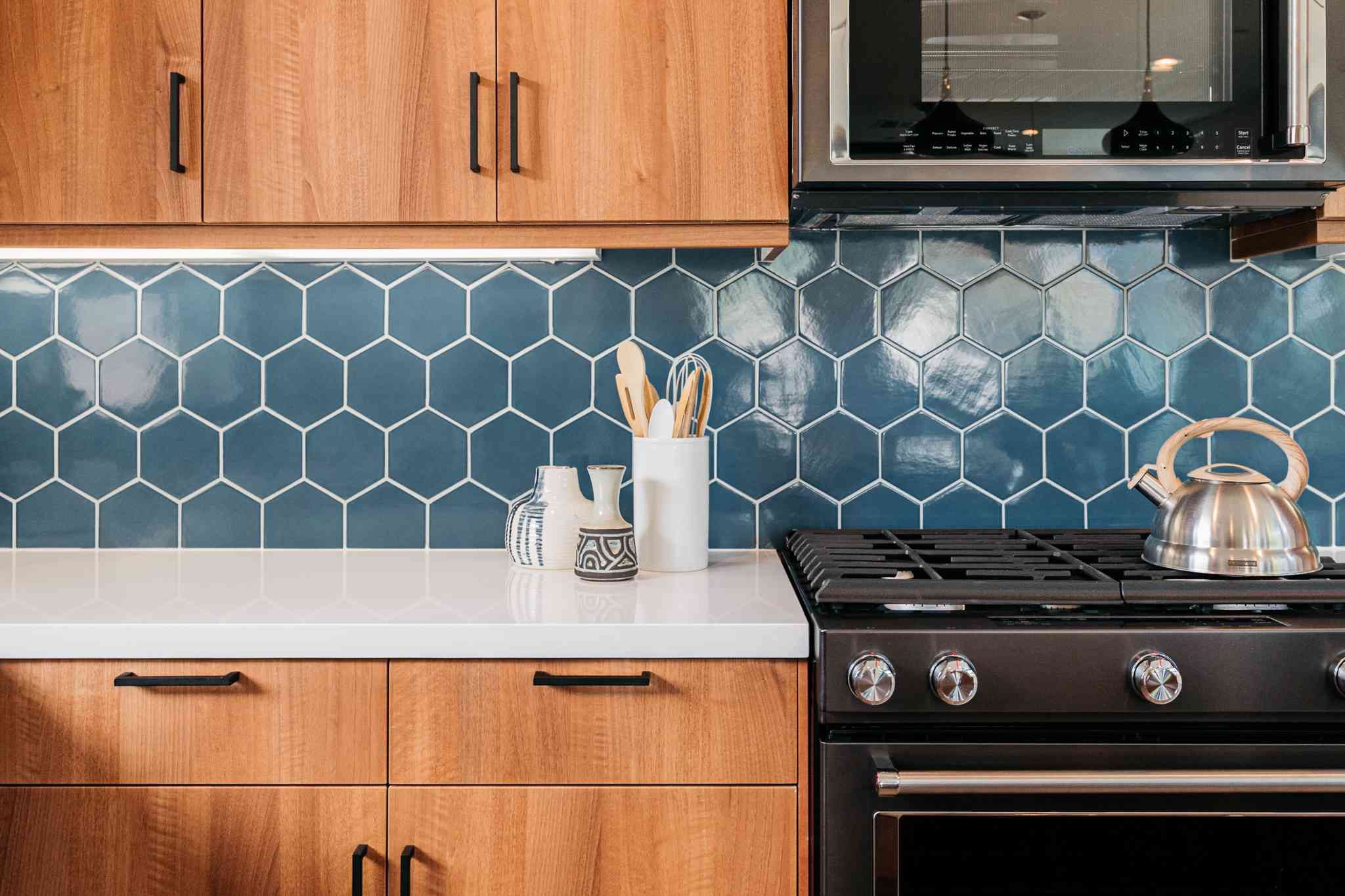

Home Renovation Guides
What Kind Of Adhesive For Backsplash
Modified: October 27, 2024
Learn about the best adhesive for your backsplash in our comprehensive home renovation guide. Find expert tips and advice for your DIY project.
(Many of the links in this article redirect to a specific reviewed product. Your purchase of these products through affiliate links helps to generate commission for Storables.com, at no extra cost. Learn more)
Introduction
When it comes to renovating your kitchen or bathroom, installing a new backsplash can instantly elevate the aesthetic appeal of the space. Whether you're opting for sleek subway tiles, elegant mosaic patterns, or rustic natural stone, choosing the right adhesive is crucial for a successful and long-lasting installation. The adhesive serves as the backbone of your backsplash, ensuring that it adheres firmly to the wall and withstands the test of time.
Selecting the appropriate adhesive for your backsplash project involves considering various factors, such as the type of material you're using, the surface you're applying it to, and the environmental conditions it will be exposed to. Understanding the different types of adhesives available and their suitability for specific materials is essential for achieving a professional and durable finish.
In this comprehensive guide, we will delve into the world of adhesives for backsplashes, exploring the various types of adhesives commonly used, the factors to consider when choosing the right adhesive, recommended adhesives for different backsplash materials, and valuable tips for applying adhesive during the installation process. By the end of this guide, you will be equipped with the knowledge and insights needed to make informed decisions and execute a successful backsplash installation that not only enhances the visual appeal of your space but also stands the test of time.
Key Takeaways:
- Choose the right adhesive for your backsplash based on tile material, surface condition, and moisture exposure to ensure a durable and visually appealing installation that stands the test of time.
- Follow best practices for adhesive application, including surface preparation, consistent mixing, proper trowel selection, and safety precautions, to achieve a professional and enduring backsplash that enhances your kitchen or bathroom.
Types of Adhesives for Backsplash
When it comes to installing a backsplash, selecting the right adhesive is crucial for ensuring a secure and long-lasting bond between the tiles and the wall. There are several types of adhesives commonly used for backsplash installations, each with its own unique properties and suitability for different materials. Understanding the characteristics of these adhesives is essential for making an informed choice that aligns with the specific requirements of your project. Let's explore the various types of adhesives for backsplashes:
1. Thinset Mortar:
This popular adhesive is a mixture of cement, fine sand, and a water-retaining agent. It is commonly used for ceramic, porcelain, and natural stone tiles due to its strong bond and resistance to moisture. Thinset mortar comes in both unmodified and modified forms, with the modified version containing additional polymers for improved flexibility and adhesion.
2. Mastic:
Mastic is a premixed adhesive that is easy to use and suitable for non-porous tiles such as ceramic and glass. It is often preferred for DIY projects due to its user-friendly nature. However, it is important to note that mastic is not recommended for high-moisture areas or for use with natural stone tiles, as it may not provide adequate support in these conditions.
3. Epoxy Adhesive:
Known for its exceptional strength and resistance to moisture, epoxy adhesive is a popular choice for installing backsplashes in demanding environments such as commercial kitchens and areas exposed to high humidity. It consists of two components that must be mixed before application, and it offers excellent bonding capabilities for a wide range of materials, including glass and metal tiles.
4. AcrylPro:
This adhesive is a type of mastic that is specifically formulated for large-format ceramic and natural stone tiles. It provides strong initial tack and bond strength, making it suitable for heavy tiles and vertical installations such as backsplashes. AcrylPro is designed to minimize the risk of sagging or slippage during the installation process.
5. Organic Mastics:
These adhesives are made from organic materials and are often used for environmentally friendly or sustainable tiling projects. They are suitable for a variety of tile materials and offer good adhesion properties. However, it is important to ensure that the specific organic mastic chosen is compatible with the material of the backsplash tiles.
Understanding the characteristics and suitability of these different types of adhesives is essential for making an informed decision based on the specific requirements of your backsplash project. By selecting the right adhesive, you can ensure a successful installation that not only enhances the aesthetic appeal of your space but also withstands the test of time.
Factors to Consider When Choosing Adhesive
When embarking on a backsplash installation project, selecting the appropriate adhesive is a critical decision that significantly impacts the outcome and longevity of the installation. Several key factors should be carefully considered when choosing the adhesive for your backsplash project:
-
Tile Material: The type of material used for the tiles directly influences the choice of adhesive. For instance, natural stone tiles require adhesives with strong bonding capabilities and flexibility to accommodate the natural variations in the stone. On the other hand, glass tiles may necessitate adhesives specifically designed for non-porous surfaces to ensure a secure bond.
-
Surface Condition: Assessing the condition of the surface where the backsplash will be installed is crucial. If the surface is smooth and even, a standard adhesive may suffice. However, uneven or porous surfaces may require specialized adhesives to ensure proper adhesion and support.
-
Moisture Exposure: Consider the level of moisture the backsplash will be exposed to. For areas prone to high humidity or frequent exposure to water, such as kitchen backsplashes or bathroom walls, it is imperative to choose an adhesive with moisture-resistant properties to prevent deterioration over time.
-
Environmental Factors: Factors such as temperature variations and exposure to sunlight can impact the performance of the adhesive. In outdoor or sunlit indoor areas, UV-resistant adhesives may be necessary to prevent degradation due to prolonged exposure to sunlight.
-
Flexibility and Strength: The flexibility and strength of the adhesive are crucial, especially for installations in high-traffic areas or where the tiles are subject to movement or impact. Flexible adhesives can accommodate slight movements without compromising the bond, while high-strength adhesives are essential for heavy or large-format tiles.
-
Application Method: Consider the ease of application and the specific requirements of the installation. Some adhesives are designed for vertical applications, making them suitable for backsplashes, while others may be better suited for floor or ceiling installations.
-
Longevity and Durability: Aim for adhesives that offer long-term durability to ensure the backsplash remains intact and visually appealing for years to come. Assess the adhesive's resistance to aging, cracking, and chemical exposure to make an informed choice.
By carefully evaluating these factors and understanding their implications on the adhesive selection process, you can make a well-informed decision that aligns with the specific needs of your backsplash installation. Taking the time to consider these factors ensures that the chosen adhesive is tailored to the unique requirements of your project, ultimately contributing to a successful and enduring backsplash installation.
Recommended Adhesives for Different Backsplash Materials
Selecting the right adhesive for your backsplash material is crucial for achieving a secure and long-lasting installation. Different types of backsplash materials require specific adhesives that cater to their unique characteristics and installation requirements. Let's explore the recommended adhesives for various backsplash materials:
1. Ceramic and Porcelain Tiles:
For ceramic and porcelain tiles, thinset mortar is a popular and reliable choice. Its strong bonding capabilities and resistance to moisture make it well-suited for these materials. Modified thinset mortar, which contains polymers for enhanced flexibility and adhesion, is particularly recommended for large-format or heavy ceramic tiles to ensure a secure and durable bond.
2. Natural Stone Tiles:
When installing natural stone tiles such as marble, granite, or travertine, a high-quality polymer-modified thinset mortar is the recommended adhesive. These adhesives provide the necessary flexibility to accommodate the natural variations in the stone and ensure a strong, lasting bond. It's important to choose an adhesive specifically formulated for natural stone to prevent potential discoloration or damage to the tiles.
3. Glass Tiles:
Due to their non-porous nature, glass tiles require adhesives designed for smooth and slick surfaces. A high-performance, polymer-modified thinset mortar or specialized glass tile adhesive is recommended for installing glass tiles. These adhesives offer excellent adhesion and ensure that the glass tiles remain securely in place, creating a stunning and durable backsplash.
4. Metal Tiles:
For metal tiles, epoxy adhesive is a preferred choice due to its exceptional strength and ability to bond to various materials, including metal. Epoxy adhesives provide a reliable and long-lasting bond for metal tiles, making them suitable for both functional and decorative backsplashes.
Read more: What Is The Best Construction Adhesive
5. Large-Format Tiles:
When working with large-format ceramic or natural stone tiles, AcrylPro adhesive is a recommended option. Its strong initial tack and bond strength are well-suited for supporting the weight of large tiles, minimizing the risk of slippage or sagging during the installation process.
6. Sustainable or Eco-Friendly Tiles:
For environmentally friendly or sustainable tiling projects, organic mastics are a suitable choice. These adhesives, derived from natural and organic materials, offer good adhesion properties and align with the eco-conscious approach of using sustainable materials for the backsplash.
By selecting the recommended adhesives tailored to the specific characteristics of your chosen backsplash material, you can ensure a successful installation that not only enhances the visual appeal of your space but also withstands the test of time. Understanding the compatibility between the adhesive and the backsplash material is essential for achieving a professional and durable finish.
Remember, always follow the manufacturer's guidelines and recommendations when selecting and applying adhesives to ensure optimal results and a visually stunning backsplash that enhances the overall aesthetic of your kitchen or bathroom.
Tips for Applying Adhesive for Backsplash Installation
-
Surface Preparation: Before applying the adhesive, ensure that the surface is clean, dry, and free of any debris or contaminants. Proper surface preparation is essential for promoting strong adhesion and preventing potential issues such as delamination or uneven bonding.
-
Consistent Mixing: When working with pre-mixed adhesives or preparing thinset mortar, ensure thorough and consistent mixing to achieve a uniform and homogenous consistency. In the case of two-component adhesives such as epoxy, follow the manufacturer's instructions for precise mixing ratios and techniques.
-
Proper Trowel Selection: Selecting the appropriate trowel size and notch shape is crucial for achieving the recommended adhesive coverage. Different tile sizes and materials may require specific trowel configurations to ensure adequate coverage and support.
-
Back-Buttering Technique: For natural stone tiles or large-format tiles, consider employing the back-buttering technique. This involves applying a thin, even layer of adhesive to the back of the tile in addition to the surface, ensuring full coverage and a strong bond.
-
Work in Small Sections: To prevent the adhesive from drying out before tile installation, work in manageable sections, especially when using fast-setting adhesives. This approach allows for proper alignment and adjustment of tiles while maintaining the adhesive's workability.
-
Maintain Consistent Thickness: Aim for a consistent adhesive thickness across the installation area to ensure uniform support and bonding. Variations in adhesive thickness can lead to uneven tile elevation and potential issues during grouting.
-
Vertical Application Considerations: When installing a backsplash, particularly in a vertical orientation, use adhesives specifically formulated for vertical applications. These adhesives offer improved non-sag properties, preventing the tiles from slipping or sliding during the curing process.
-
Tile Alignment and Adjustment: As you place each tile, gently press and adjust it to achieve proper alignment and ensure full contact with the adhesive. Utilize tile spacers to maintain uniform grout joints and create a professional, polished look.
-
Clean-Up and Maintenance: Promptly remove any excess adhesive that seeps through the grout joints to facilitate a clean and efficient grouting process. Additionally, follow the manufacturer's guidelines for curing times and post-installation care to optimize the adhesive's performance and longevity.
-
Safety Precautions: When working with adhesives, adhere to safety precautions such as proper ventilation, protective gear, and safe handling practices as outlined by the adhesive manufacturer. Prioritize safety to create a conducive and secure working environment.
By incorporating these tips into the adhesive application process, you can optimize the installation of your backsplash, ensuring a professional, durable, and visually stunning result that enhances the overall aesthetic of your kitchen or bathroom.
Conclusion
In conclusion, the successful installation of a backsplash hinges on the careful selection and application of the appropriate adhesive. By understanding the diverse types of adhesives available, considering the specific requirements of the chosen backsplash material, and adhering to best practices during the application process, homeowners and DIY enthusiasts can achieve a visually stunning and enduring backsplash that enhances the overall appeal of their kitchen or bathroom.
The variety of adhesives, including thinset mortar, mastic, epoxy adhesive, AcrylPro, and organic mastics, cater to the unique demands of different backsplash materials, ranging from ceramic and porcelain tiles to natural stone, glass, metal, and sustainable options. Each adhesive type offers distinct properties and benefits, ensuring that the specific needs of various backsplash projects are met with precision and reliability.
Factors such as tile material, surface condition, moisture exposure, environmental considerations, flexibility, and strength play pivotal roles in the adhesive selection process. By carefully evaluating these factors, homeowners can make informed decisions that align with the unique requirements of their backsplash installation, ultimately contributing to a successful and enduring outcome.
Furthermore, the application of adhesive for backsplash installation demands attention to detail, consistent mixing, proper trowel selection, and adherence to safety precautions. Techniques such as back-buttering, working in small sections, maintaining consistent thickness, and utilizing adhesives designed for vertical applications are instrumental in achieving a professional and durable installation.
By following the recommended adhesives for different backsplash materials and incorporating best practices during the application process, homeowners can ensure that their backsplash not only enhances the aesthetic appeal of their space but also withstands the test of time. The careful consideration of adhesive selection and application techniques is essential for creating a visually stunning and enduring backsplash that serves as a focal point of elegance and functionality in the kitchen or bathroom.
In essence, the journey of installing a backsplash is a harmonious blend of creativity, precision, and practicality, where the adhesive serves as the invisible hero, ensuring that the tiles remain securely in place, creating a captivating backdrop that reflects personal style and elevates the ambiance of the space. With the knowledge and insights gained from this guide, homeowners can embark on their backsplash installation journey with confidence, knowing that they are equipped to achieve a remarkable and enduring result.
Frequently Asked Questions about What Kind Of Adhesive For Backsplash
Was this page helpful?
At Storables.com, we guarantee accurate and reliable information. Our content, validated by Expert Board Contributors, is crafted following stringent Editorial Policies. We're committed to providing you with well-researched, expert-backed insights for all your informational needs.
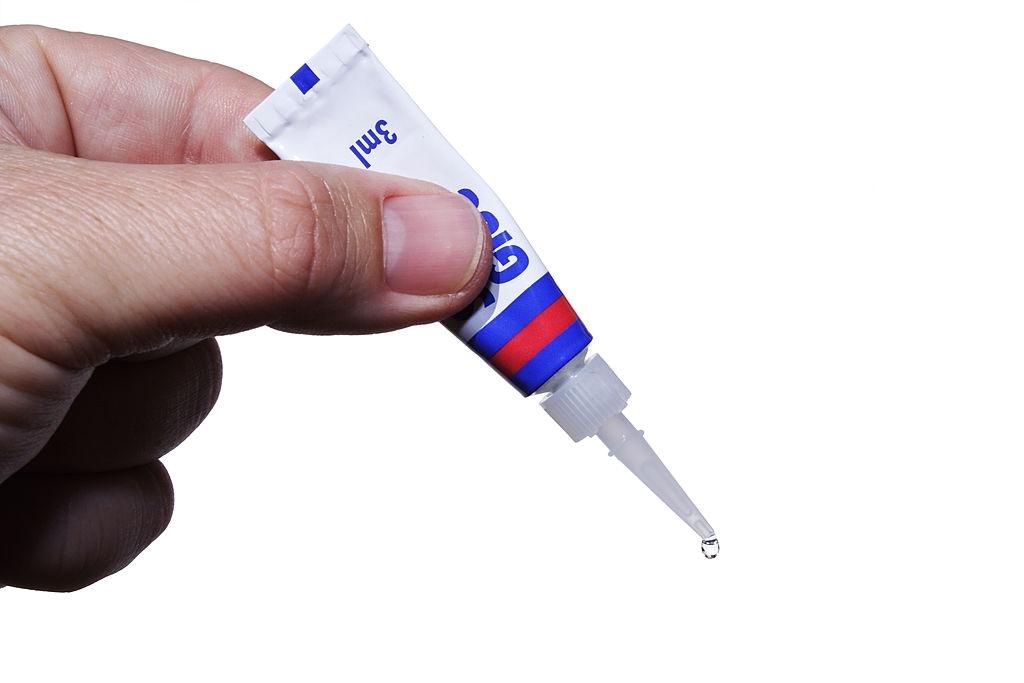
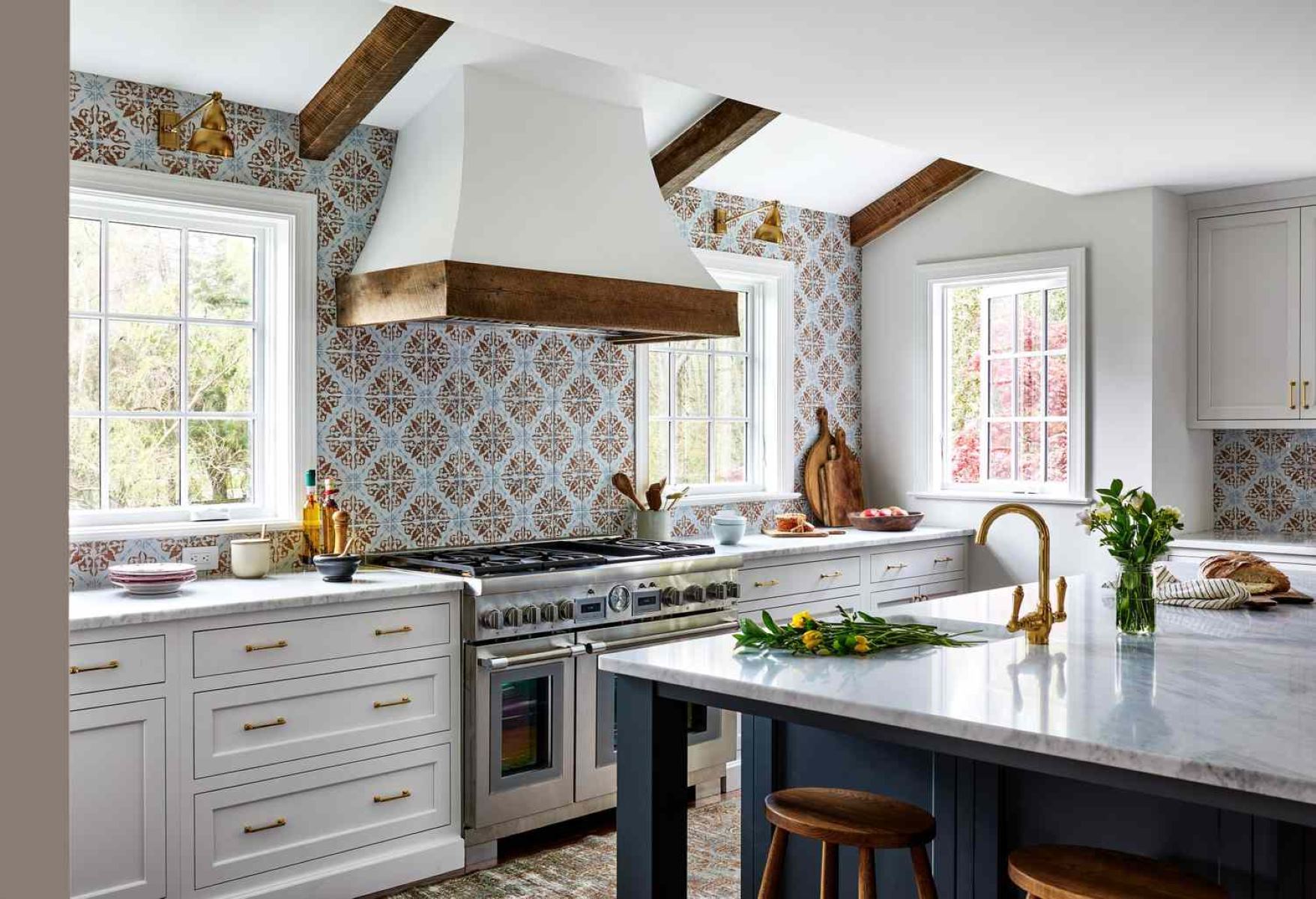
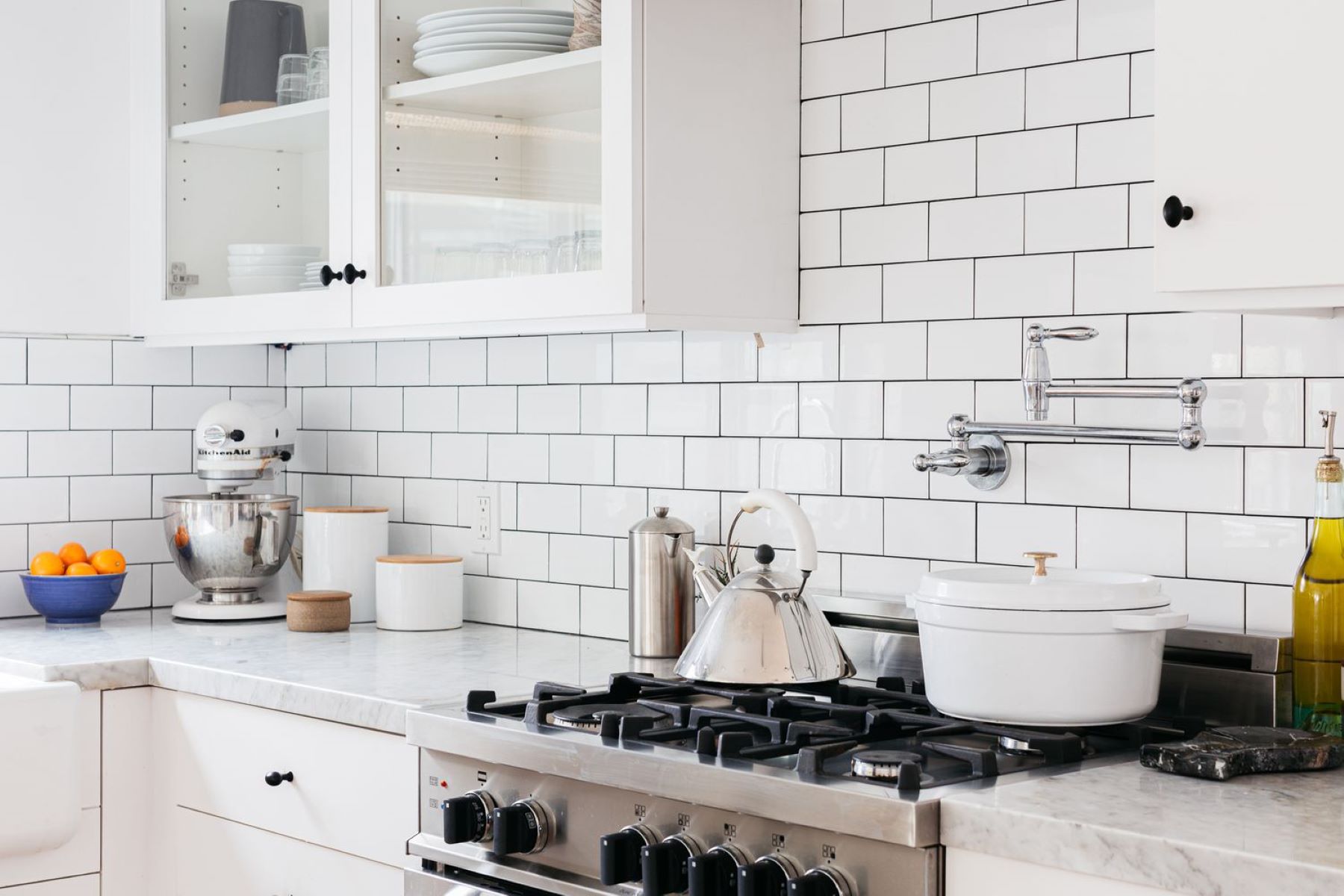
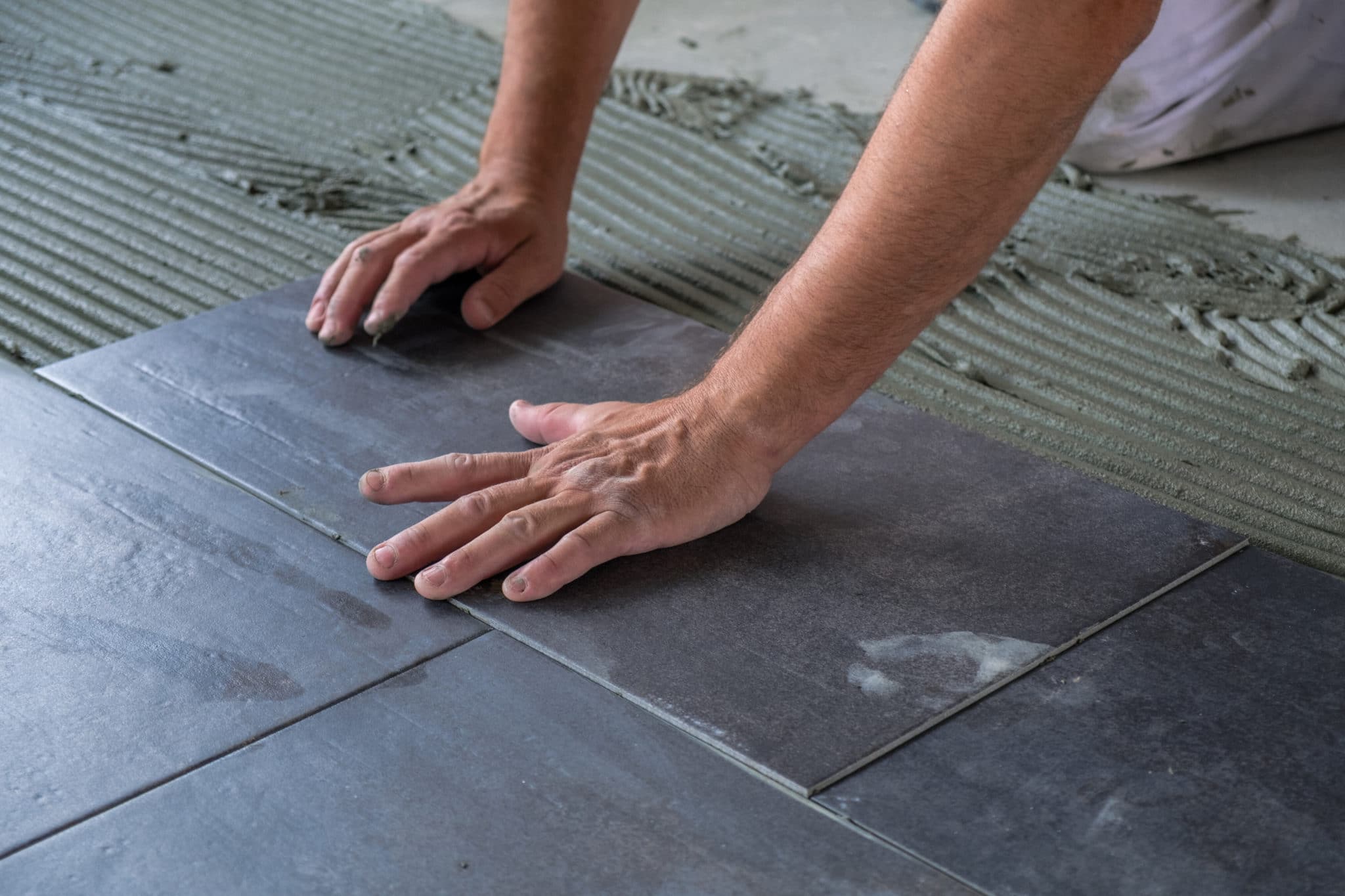
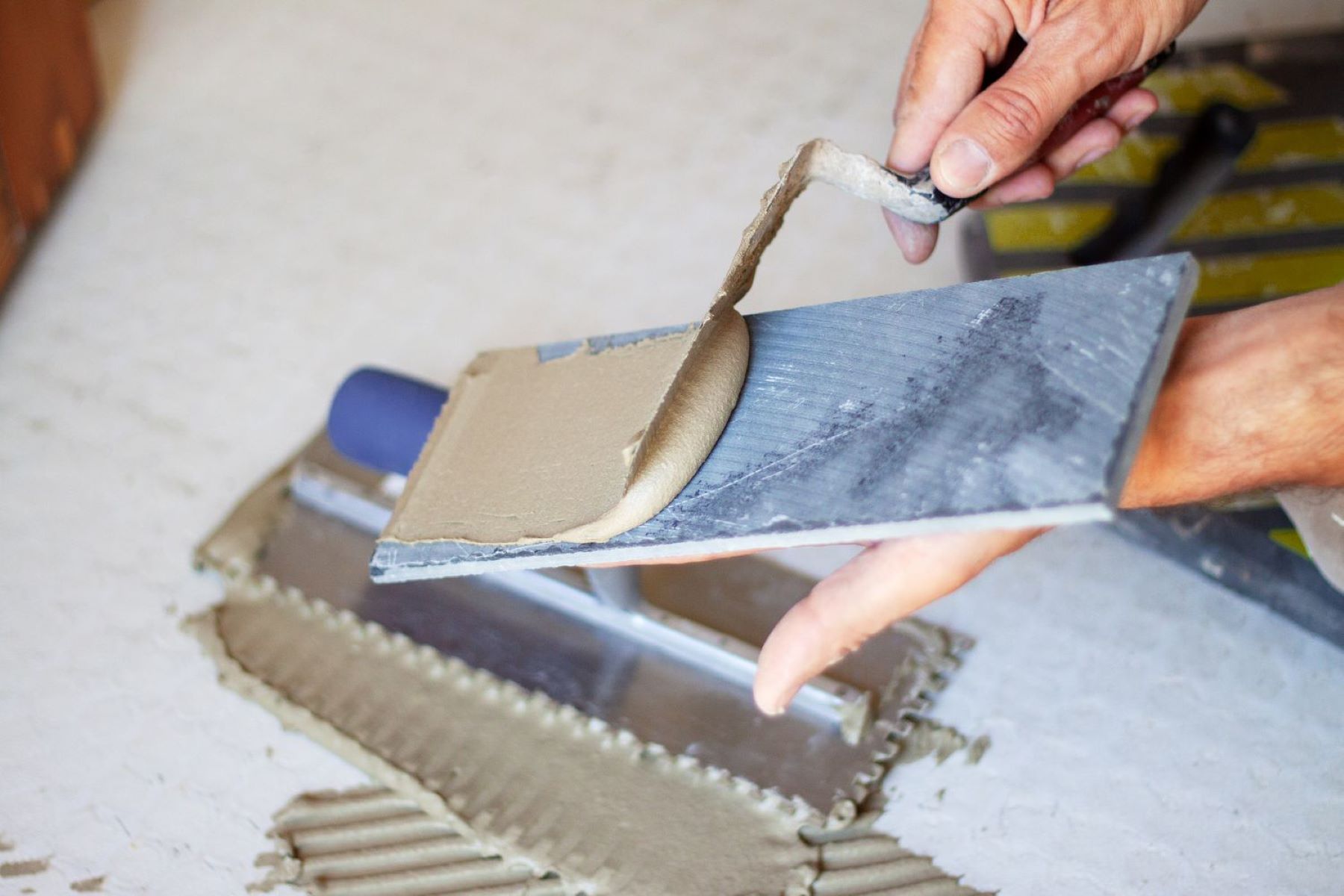
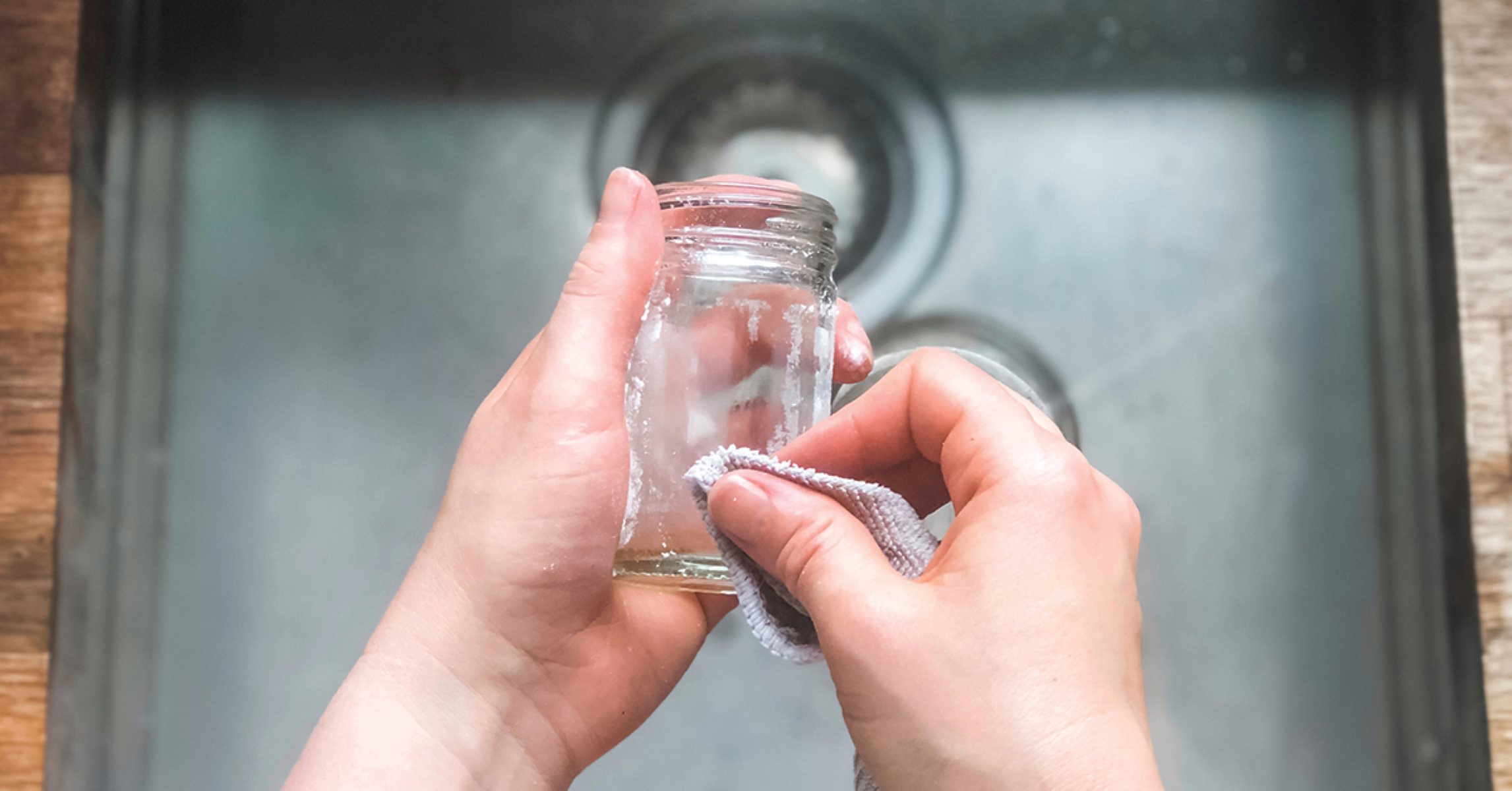
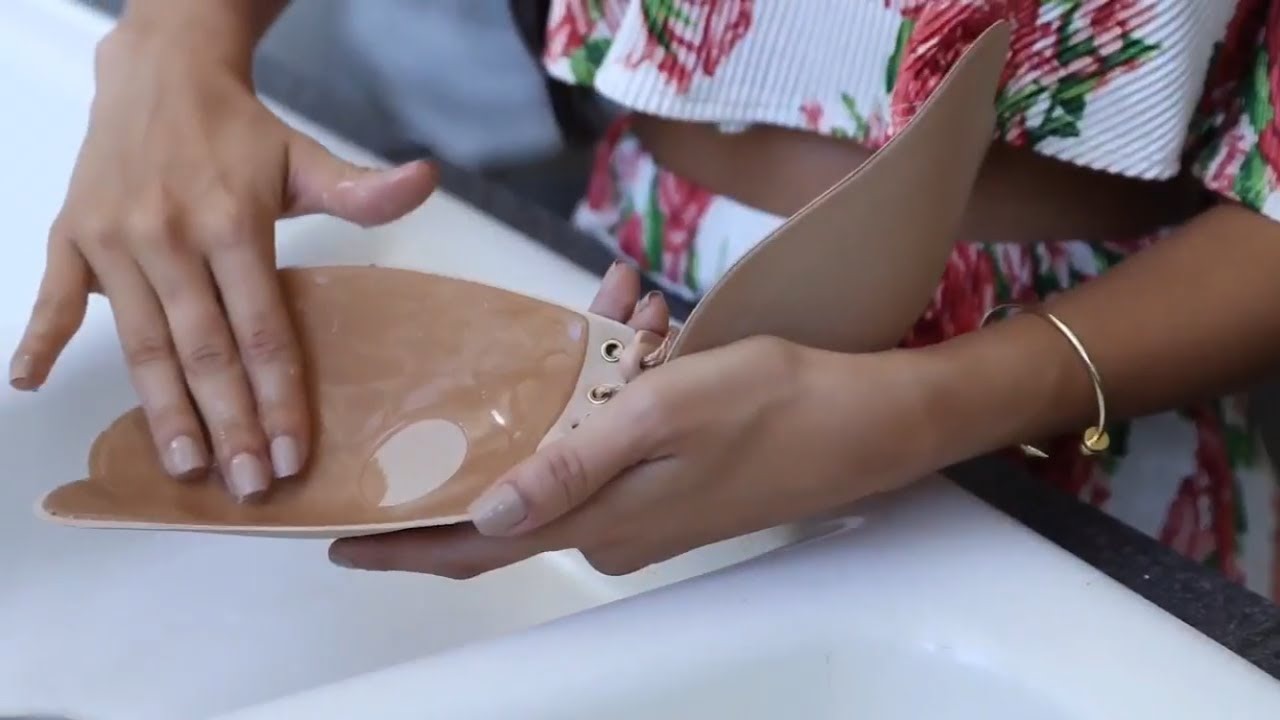

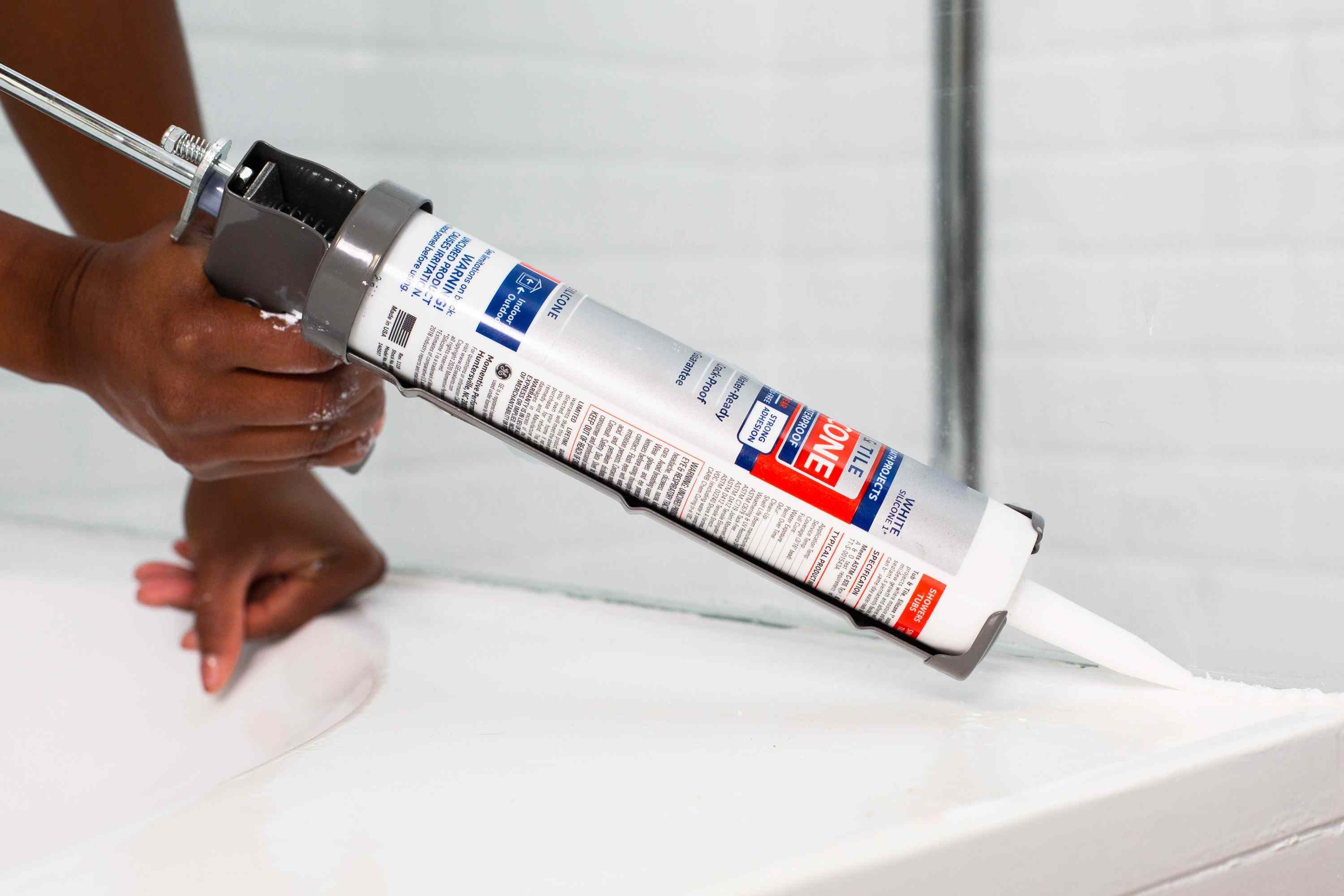
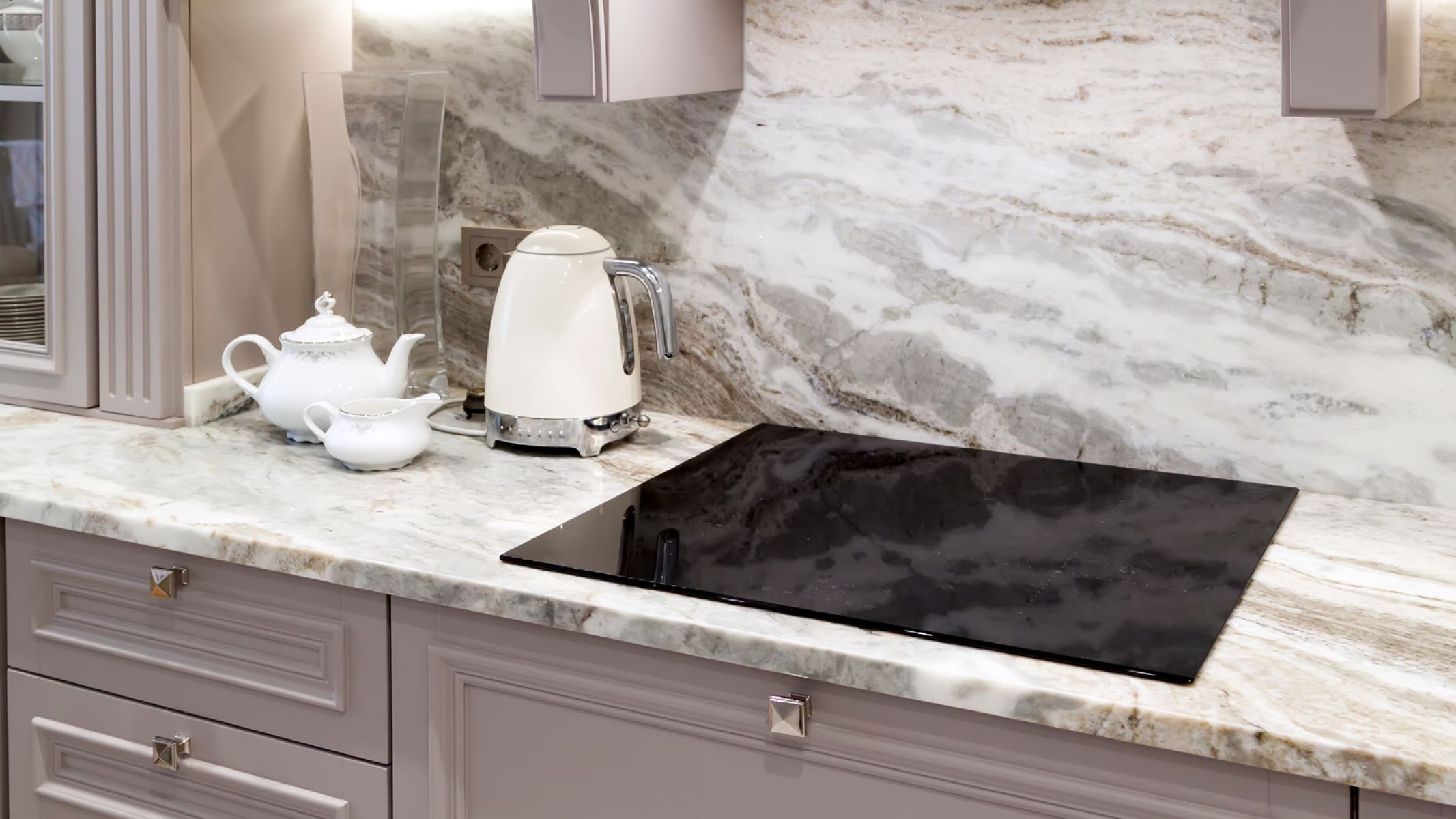
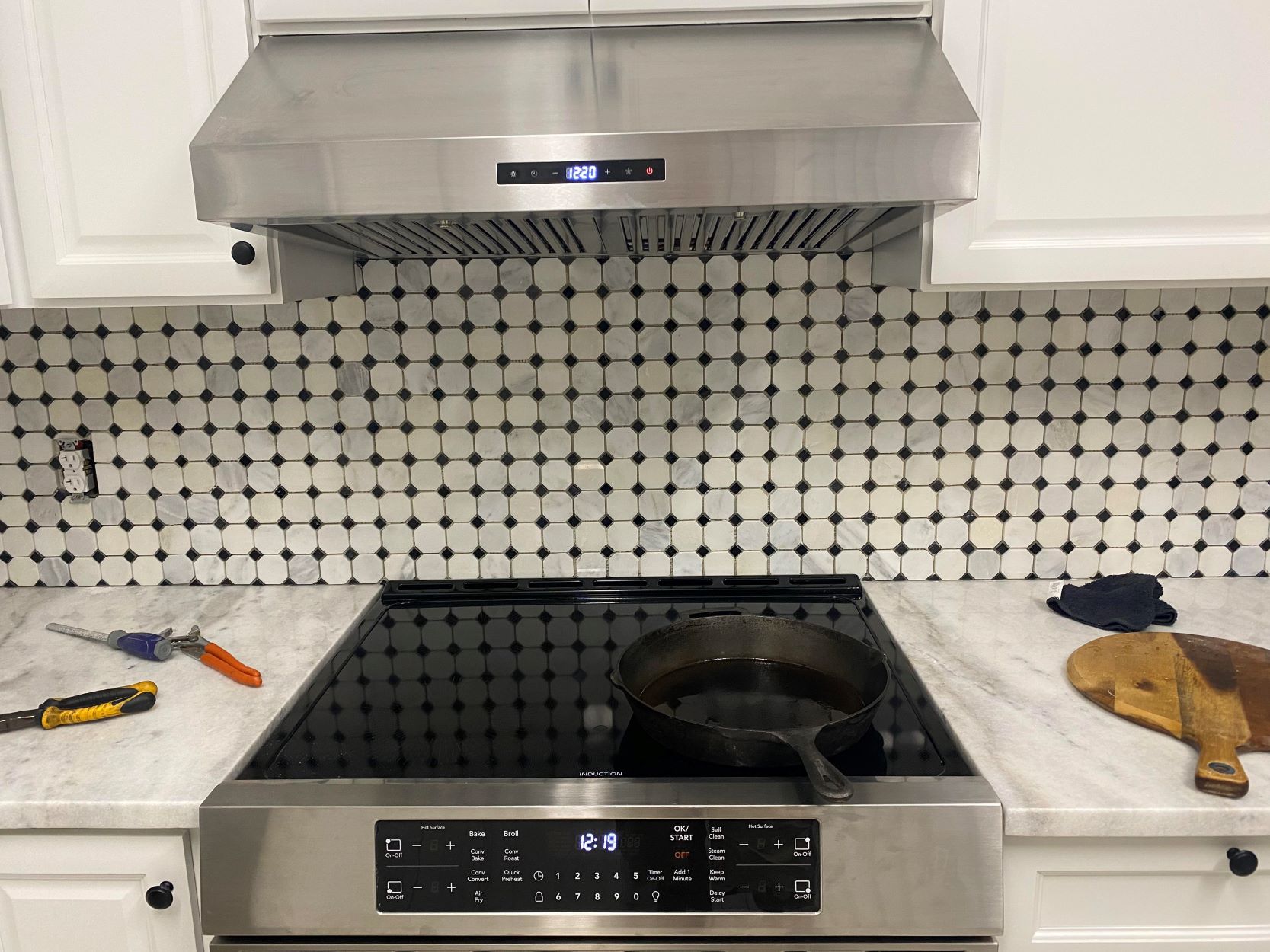
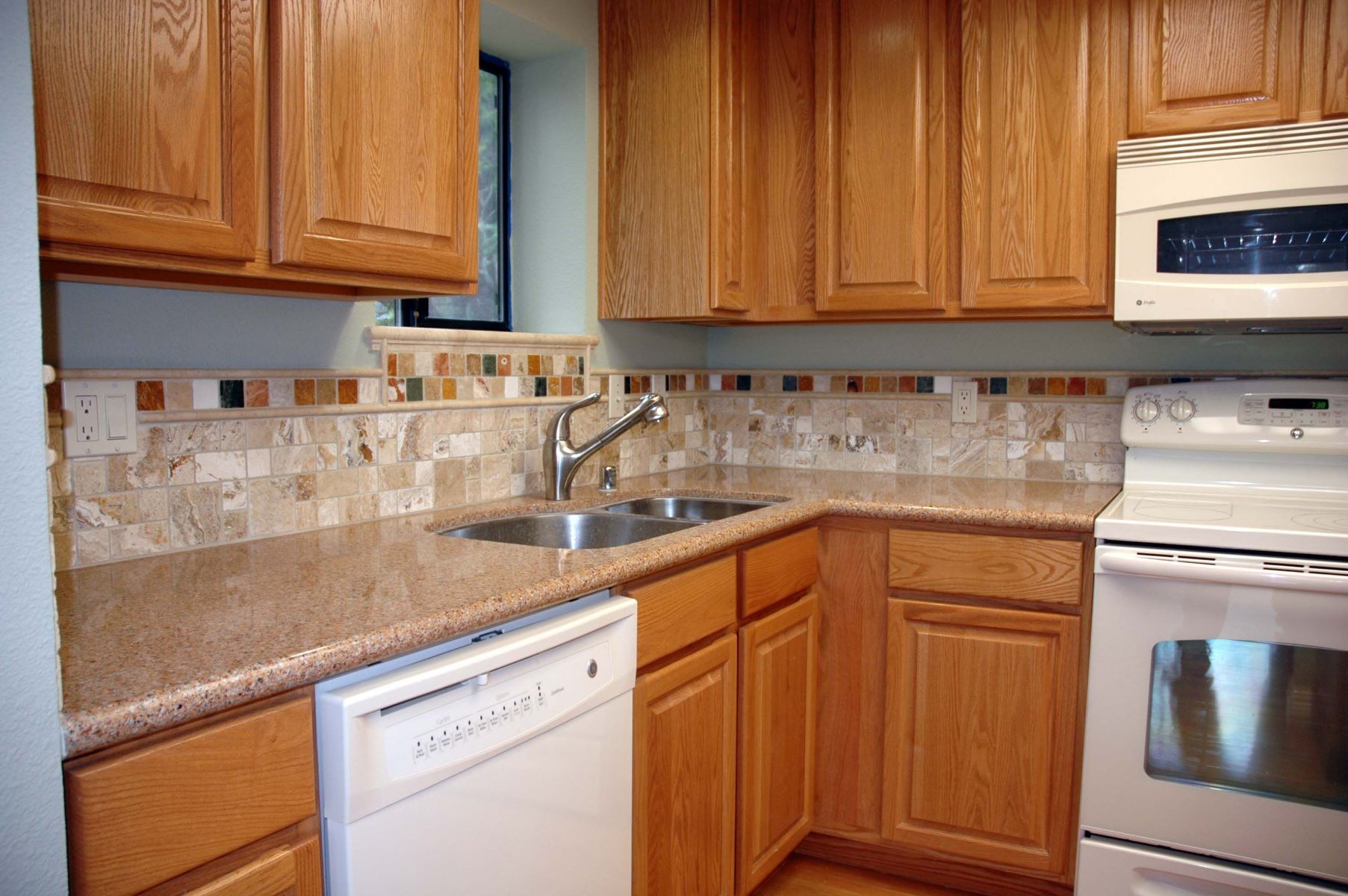

0 thoughts on “What Kind Of Adhesive For Backsplash”